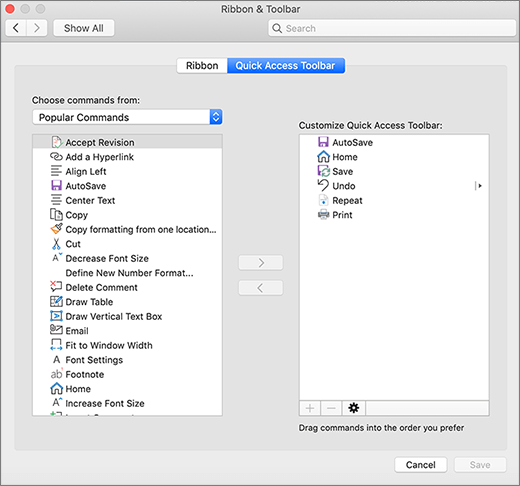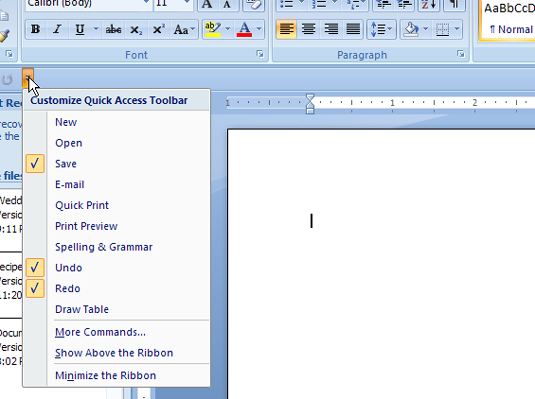
Instead of seeing a set of commands on the Ribbon above your document, when you click the File tab you're taken to an area that Microsoft calls "the backstage." The File tab behaves a little differently from the other Ribbon tabs. To help, the charts below show each Ribbon tab with its most commonly used commands we've also included keyboard shortcuts.įile tab | Home tab | Insert tab | Design tab | Page Layout tab References tab | Mailings tab | Review tab | View tab Contextual tabs (Picture Tools, Table Tools, Chart Tools) File tab/backstage Click through to that article for detailed information on how to get the most out of Word 2013.įor the most part, Word 2013's Ribbon is intuitive to use, but it's not always easy to figure out where each command is located. Click the Advanced button to select or change the output device.These charts accompany our story Word 2013 cheat sheet. Click the Audio Output button to define the Sound preferences.ħ. Use the slider under Voice Speed to adjust the pace (slow, normal, or fast) of the reader.Ħ. Click the Preview button to listen to each voice, then make your selection.ĥ. Under Voice Selection, choose MS David Desktop for a male voice or MS Zira Desktop for a female voice.Ĥ. Select Ease of Access > Speech Recognition > Text to Speech, and the Speech Properties dialog window opens on the Text to Speech tab.ģ. Click Start > Windows System > Control PanelĢ. The Speak preferences are defined in Widows, not in Word specifically.ġ. Change the Speak preferences in the Windows Control Panel. So, essentially, you have a Pause feature with Read Aloud that is not available with Speak. Click the button again to continue from that point on. Just position your cursor where you want the reading aloud to begin and click the Read Aloud button.Īnd (b), when you click the Read Aloud button a second time, it stops. (a) you don’t have to highlight the text. The greatest benefit of Read Aloud as opposed to the Speak command is…


Another way to have your text read aloud in Word is to select the Review tab > Read Aloud button.

There is no pause-and-continue option at this time, but many users have requested this feature, so look for it in future versions. Click the Speak command button once to begin the reading session, then click it again to stop. Press Ctrl+ A to select the entire document.Ĥ. Word reads any text that’s highlighted, even the entire document. Highlight a paragraph of text, then click the Speak command button.ģ. Ensure that your system’s speakers or sound devices are turned on.Ģ. Add Speak button to Quick Access Toolbar Click the Speak button to listen to your textġ.


 0 kommentar(er)
0 kommentar(er)
